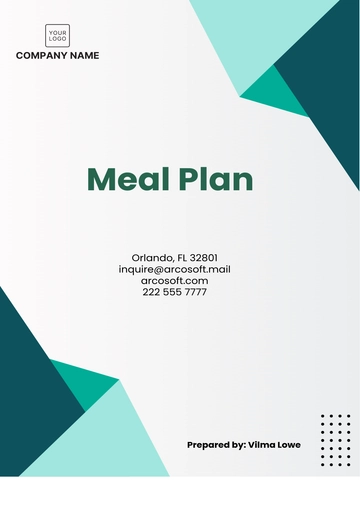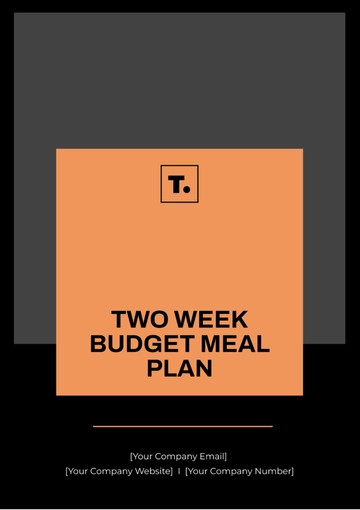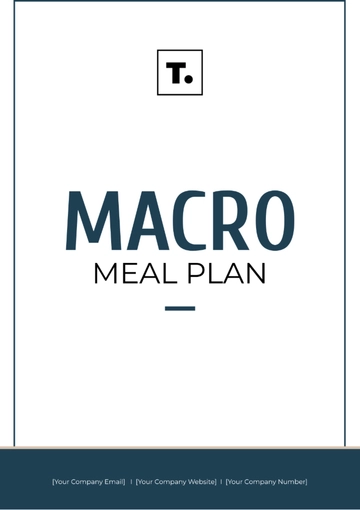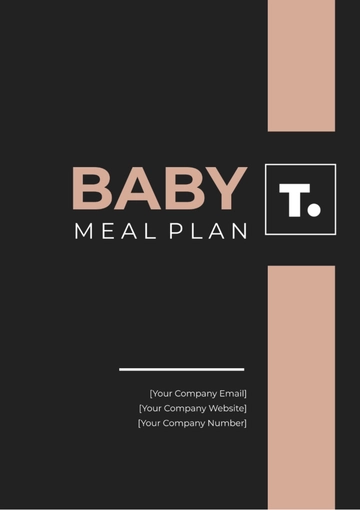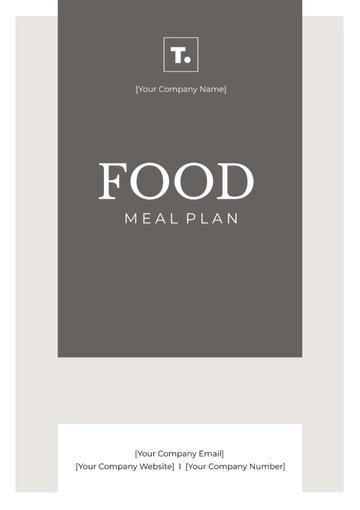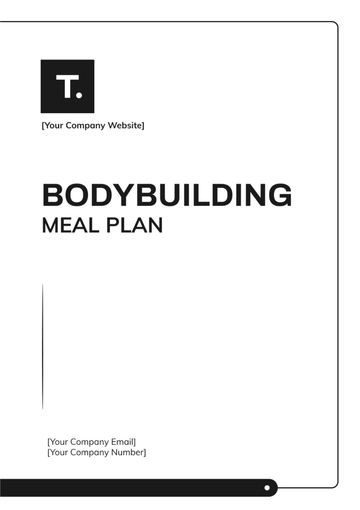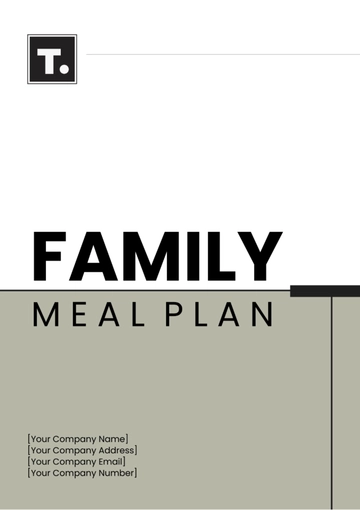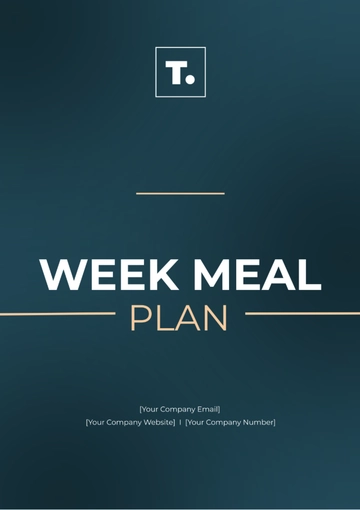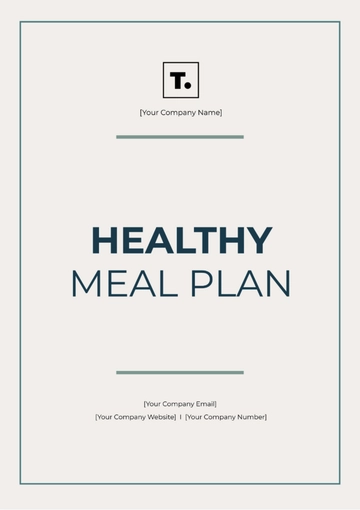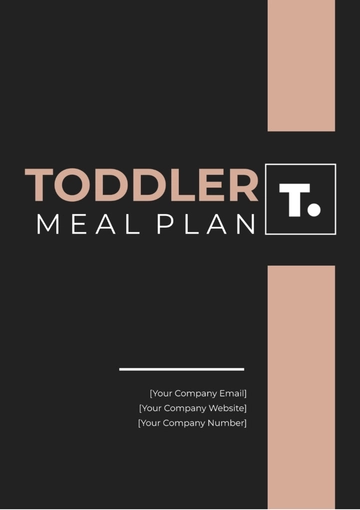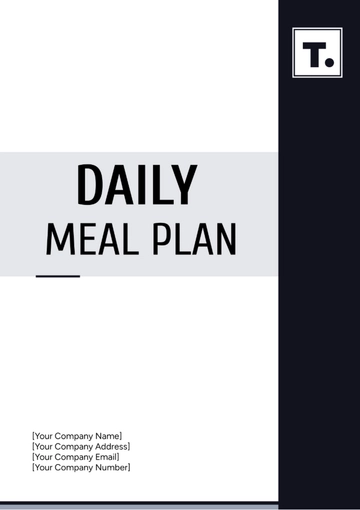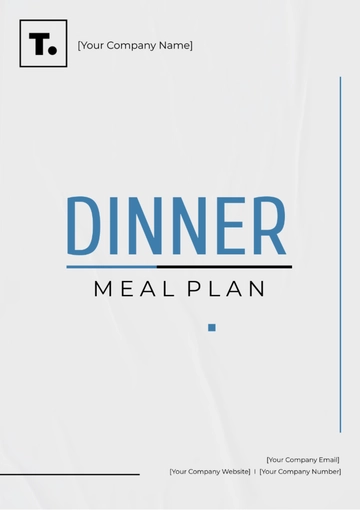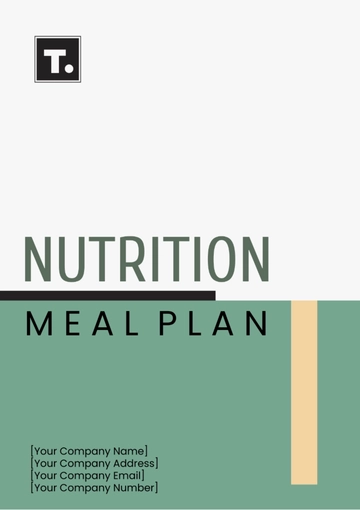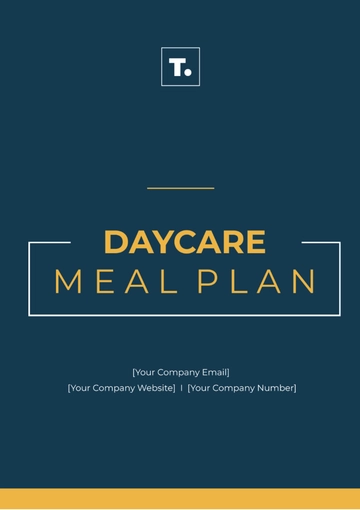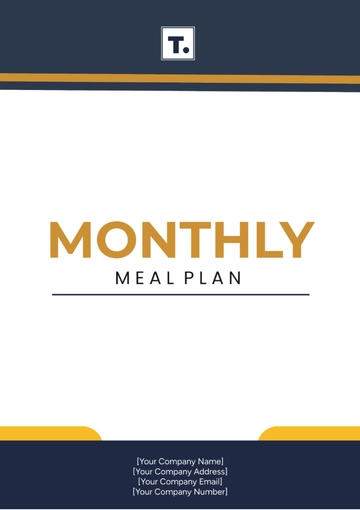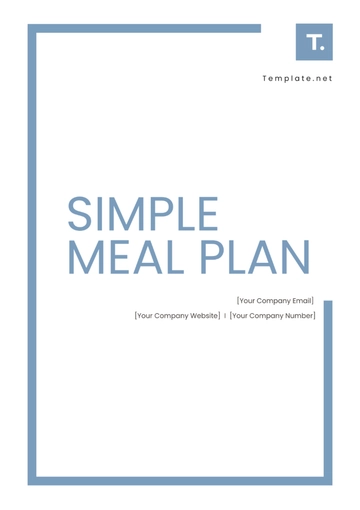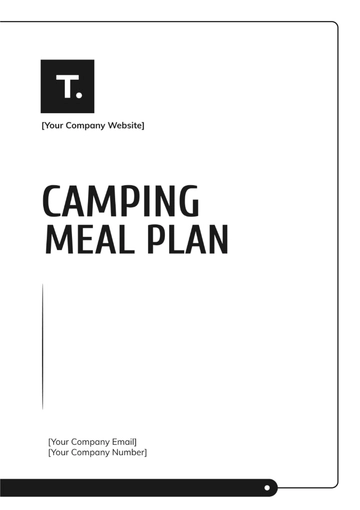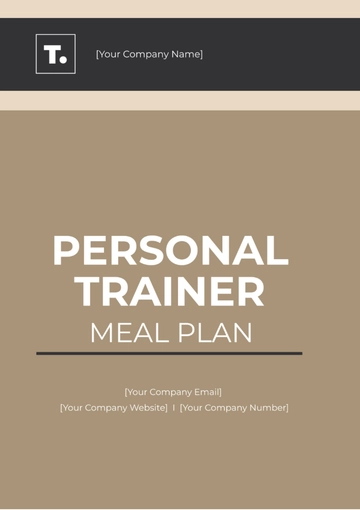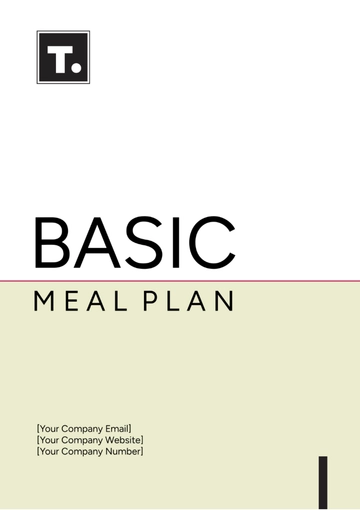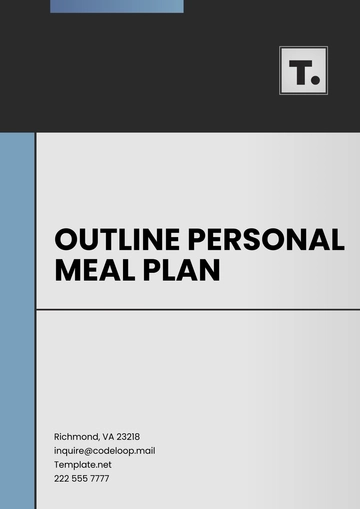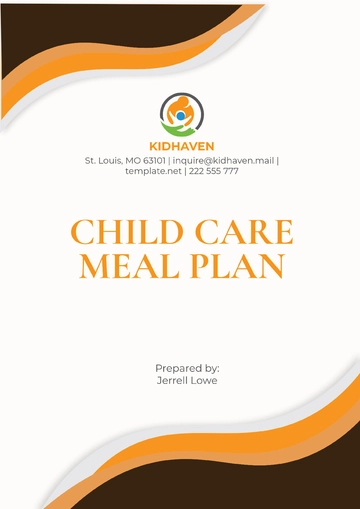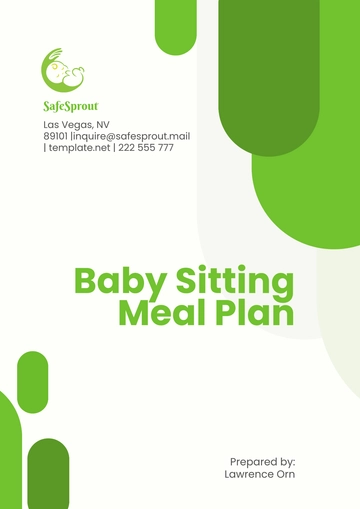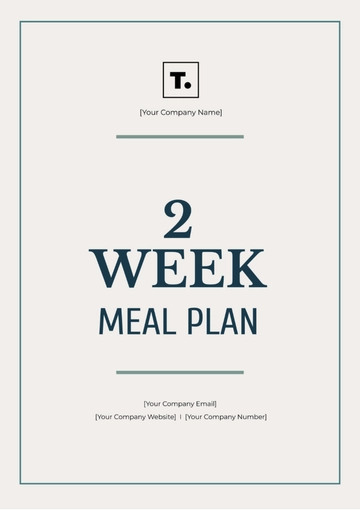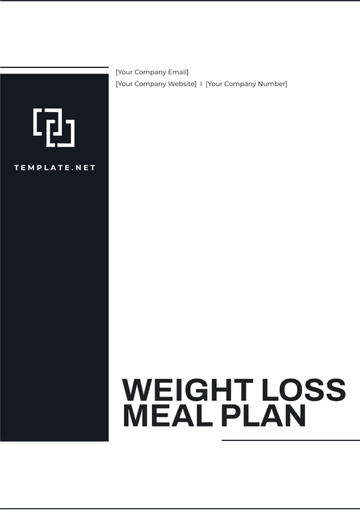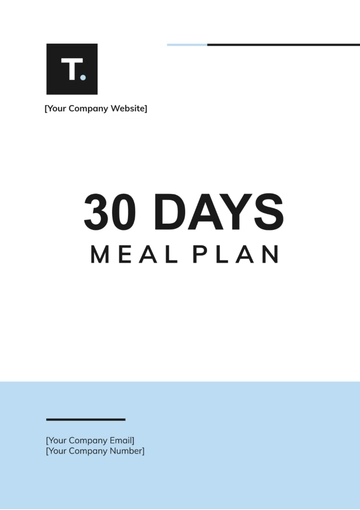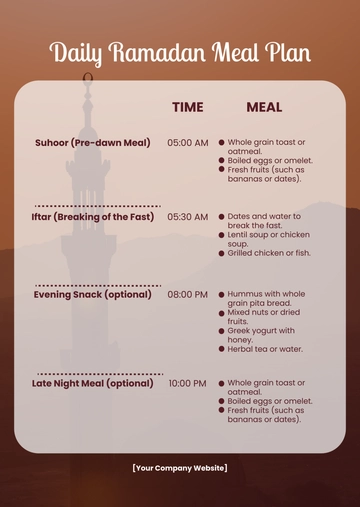Free Meal Planning Budget
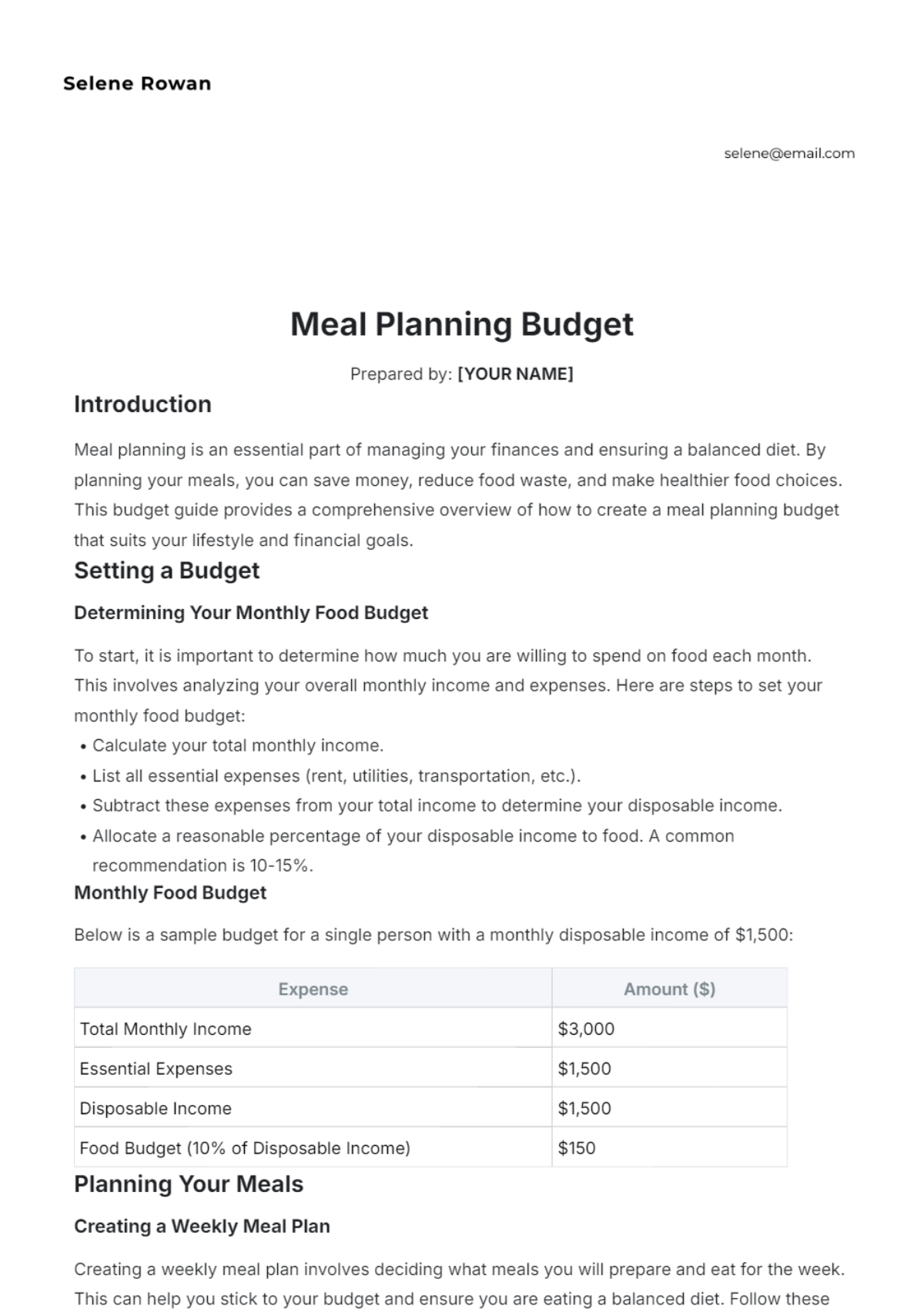
Prepared by: [YOUR NAME]
Introduction
Meal planning is an essential part of managing your finances and ensuring a balanced diet. By planning your meals, you can save money, reduce food waste, and make healthier food choices. This budget guide provides a comprehensive overview of how to create a meal planning budget that suits your lifestyle and financial goals.
Setting a Budget
Determining Your Monthly Food Budget
To start, it is important to determine how much you are willing to spend on food each month. This involves analyzing your overall monthly income and expenses. Here are steps to set your monthly food budget:
Calculate your total monthly income.
List all essential expenses (rent, utilities, transportation, etc.).
Subtract these expenses from your total income to determine your disposable income.
Allocate a reasonable percentage of your disposable income to food. A common recommendation is 10-15%.
Monthly Food Budget
Below is a sample budget for a single person with a monthly disposable income of $1,500:
Expense | Amount ($) |
|---|---|
Total Monthly Income | $3,000 |
Essential Expenses | $1,500 |
Disposable Income | $1,500 |
Food Budget (10% of Disposable Income) | $150 |
Planning Your Meals
Creating a Weekly Meal Plan
Creating a weekly meal plan involves deciding what meals you will prepare and eat for the week. This can help you stick to your budget and ensure you are eating a balanced diet. Follow these steps to create your meal plan:
List out meals and ingredients for Breakfast, Lunch, and Dinner for 7 days.
Include snacks and beverages as applicable.
Check your pantry, fridge, and freezer to see what items you already have.
Create a shopping list based on the ingredients you need to buy.
Weekly Meal Plan
Day | Breakfast | Lunch | Dinner |
|---|---|---|---|
Monday | Oatmeal with Fruit | Chicken Salad | Grilled Salmon with Veggies |
Tuesday | Smoothie | Turkey Sandwich | Spaghetti and Meatballs |
Wednesday | Yogurt and Granola | Ceasar Salad | Beef Stir Fry |
Thursday | Scrambled Eggs and Toast | Quinoa Salad | Chicken Tacos |
Friday | Pancakes | BLT Sandwich | Pizza |
Saturday | Fruit Salad | Chicken Wrap | Lasagna |
Sunday | French Toast | Grilled Cheese and Tomato Soup | Roast Chicken with Vegetables |
Shopping Tips
Once your meal plan and shopping list are ready, follow these shopping tips to stay within budget:
Stick to your shopping list to avoid impulse purchases.
Buy store brands and look for sales and discounts.
Purchase items in bulk where possible.
Choose fresh produce that is in season.
Avoid pre-packaged and pre-cut items as they tend to be more expensive.
Tracking and Adjusting Your Budget
Tracking Your Expenses
To ensure you are adhering to your meal planning budget, it is important to track your expenses:
Keep all your grocery receipts.
Use a spreadsheet or a budgeting app to input and categorize your expenses.
Review your spending at the end of each week.
Adjusting Your Budget
If you find that you are consistently over or under your budget, consider making adjustments:
Review your meal plan to see if there are more cost-effective meals you can prepare.
Adjust the quantities of the ingredients you purchase to better match your actual consumption.
Investigate alternative stores or markets that offer better prices.
By following these guidelines, you can create and maintain a meal planning budget that helps you manage your finances while still enjoying healthy and delicious meals.
- 100% Customizable, free editor
- Access 1 Million+ Templates, photo’s & graphics
- Download or share as a template
- Click and replace photos, graphics, text, backgrounds
- Resize, crop, AI write & more
- Access advanced editor
This customizable Meal Planning Budget Template from Template.net, editable in our AI Editor Tool, helps you organize meals and manage your grocery expenses in tandem. Track ingredients, plan weekly or monthly meals, and stay on budget effortlessly with a tool designed to make meal prep both convenient and financially sustainable.
